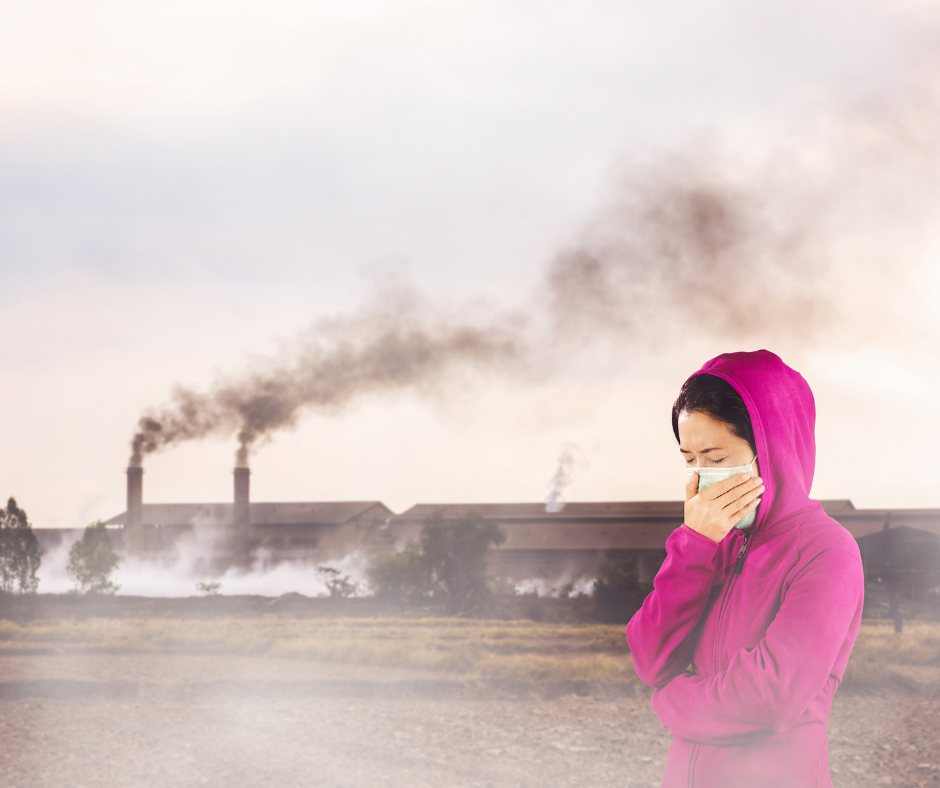Fossil fuels such as coal, oil, and gas are burned to produce energy, but the resulting carbon dioxide emissions are causing the Earth’s climate to change by trapping heat. This is a significant problem for everyone, but especially for children.
Climate change is already making the world a more dangerous place for children. They are at increased risk of injury or death from extreme weather events such as floods and hurricanes. And as temperatures rise, they will be more vulnerable to heat stress and other health problems.
But it’s not just climate change that we have to worry about. Fossil fuel pollution is also harming children’s health in other ways. For example, air pollution from coal-fired power plants can cause asthma and other respiratory problems. One billion children – that’s one in seven kids worldwide – are exposed to high levels of air pollution.
Fossil fuel pollution can also damage children’s brains. A growing body of evidence suggests that exposure to air pollution can lead to lower IQ scores and impaired cognitive development.
In China, a recent study found that children who were exposed to higher levels of air pollution had lower scores on tests of verbal and nonverbal intelligence. And in the United States, another study found that children living in areas with high levels of traffic-related air pollution were
more likely to have attention problems.
A recent study by researchers at Johns Hopkins University found that fossil fuel emissions are also a significant contributor to childhood respiratory problems and heart disease. The study looked at data from Baltimore schools and found that students who attended schools with the highest levels of fossil fuel emissions were more likely to have respiratory problems than those schools exposed to lower emissions.
A 2016 report by the Lancet Commission on Pollution and Health found that outdoor air pollution caused nearly 4 million premature deaths worldwide in 2015 and that almost half of these deaths were in children younger than 5 years old.
Children are more vulnerable than adults to severe heat due to their compromised thermoregulatory function, and they also spend more time outdoors than adults. Children are also more vulnerable to food and water shortages since they have greater needs than adults.
Children breathe in air faster than adults so are more susceptible to air pollution.
Air pollution can cause asthma attacks in children who have the disease. It can also increase the risk of respiratory infections, bronchitis, and impaired lung growth and function. Children exposed to air pollution more often have more severe asthma symptoms and less control over their allergic diseases like asthma. Air pollution is also strongly associated with increased risks of infant death and adverse birth outcomes. Worldwide, an estimated 2 million preterm births in 2019 were attributed to ambient PM2.5 exposure. Although most of these preterm births occur in lower- and middle-income countries, PM2.5 exposure is a recognized risk factor for preterm birth and low birth weight in the United States. These birth complications confer increased risks of lower respiratory infections, other infectious diseases, asthma in childhood, and long-term intellectual disabilities.
Since children’s brains are growing and maturing, this makes them more vulnerable to air pollutants that can damage neuronal cells.
Air pollution has been linked with several mental health conditions in children, including depression, anxiety, and attention deficit hyperactivity disorder (ADHD). In addition, studies have shown that children exposed to air pollution before or during childhood are more likely to experience these conditions.
One study in Cincinnati found that depression and anxiety symptoms were associated with lifetime exposure to traffic-related air pollution in 12-year-old children. Another study showed that exposure to high levels of outdoor pollution increased the odds of major depressive disorder at 18.
Parents should do their best to protect their children from air pollution. First, it is essential to reduce their exposure to harmful pollutants. First, avoid outdoor activities in highly polluted areas, such as near busy roads or during periods of high smog. Additionally, parents can install air purifiers in their homes and schools to help remove pollutants from the indoor air. Finally, parents can advocate for cleaner air by supporting measures to reduce emissions from power plants, automobiles, and factories.
CREDIT
Frederica Perera, Dr.P.H., Ph.D., and Kari Nadeau, M.D., Ph.D. Climate Change, Fossil-Fuel Pollution, and Children’s Health. N Engl J Med 2022;386:2303-14.
